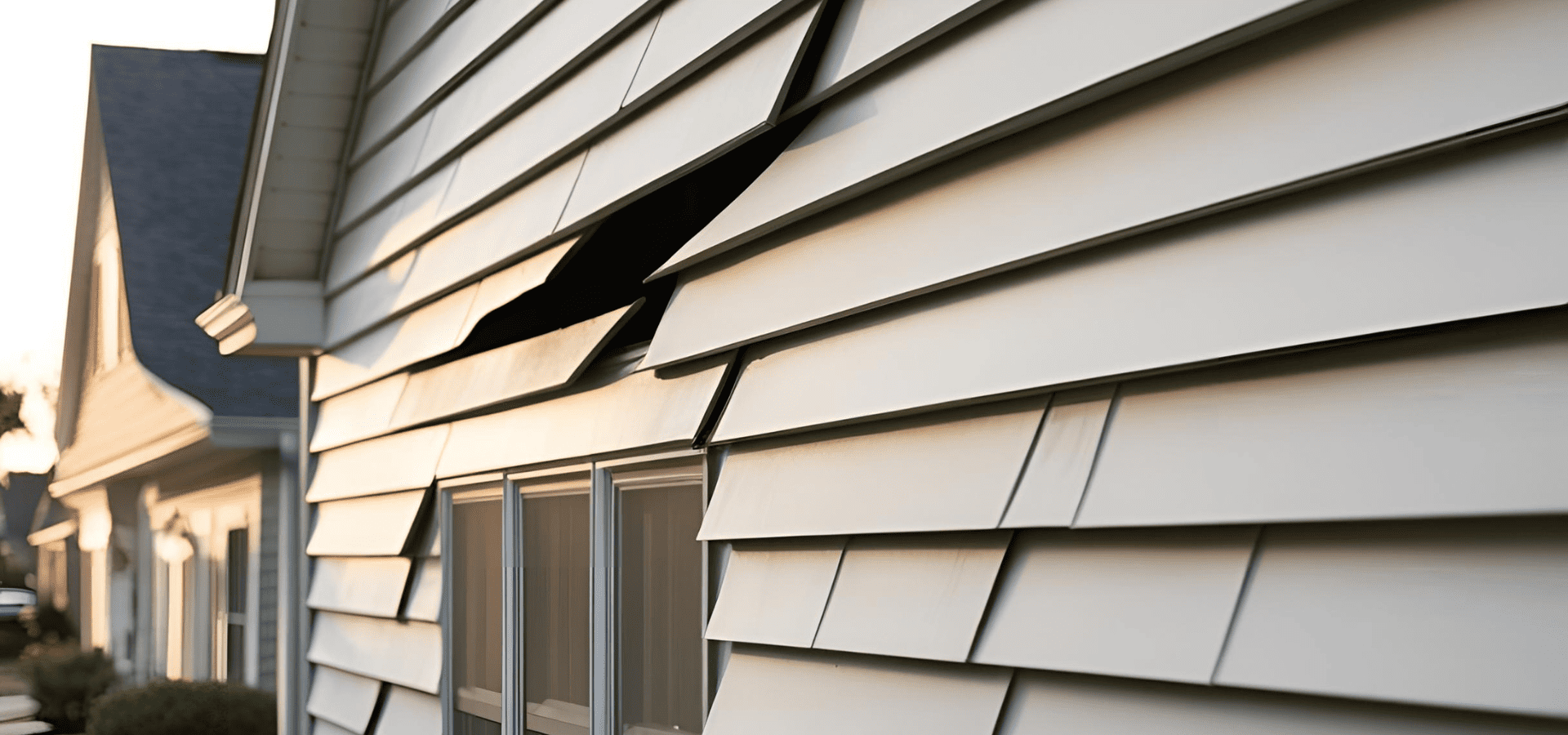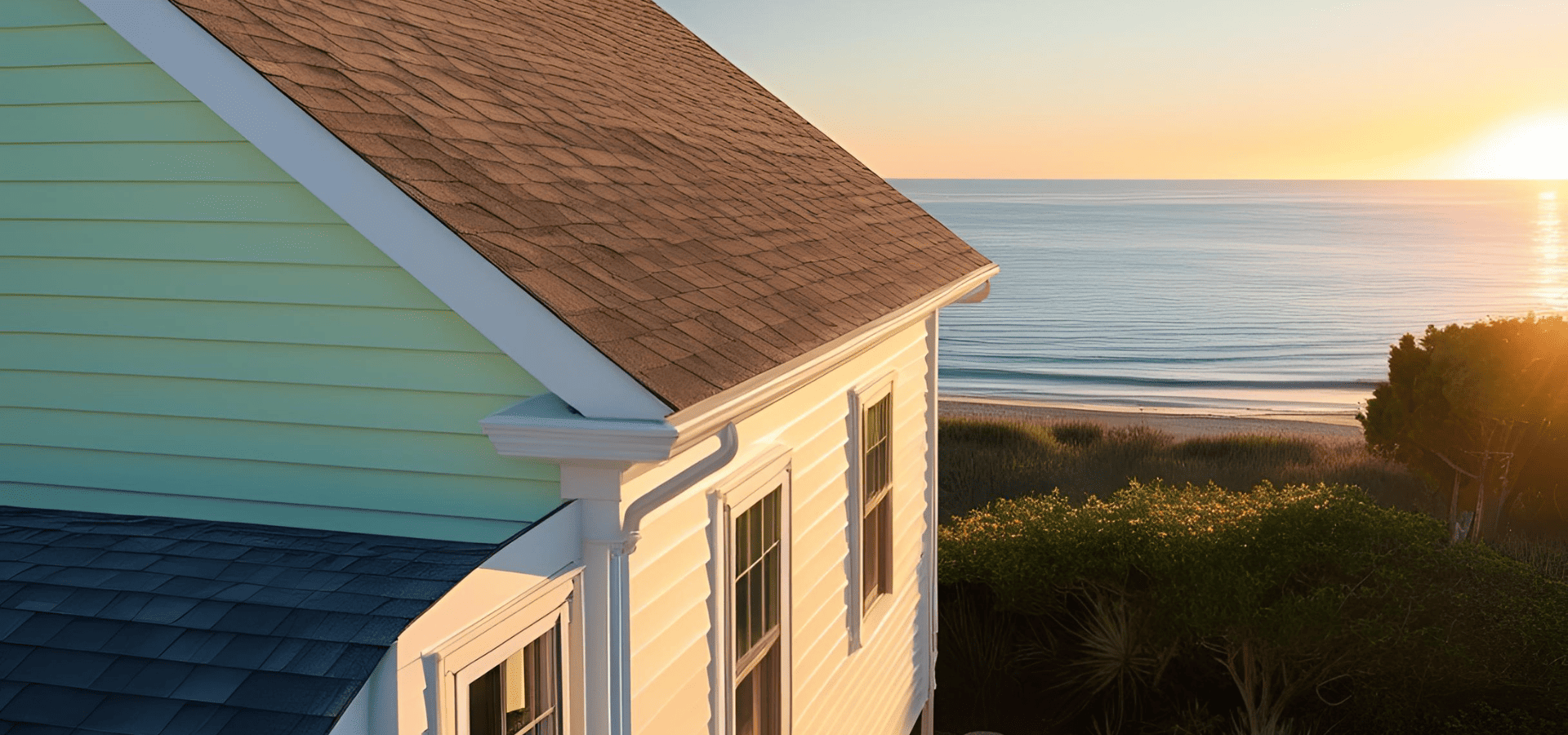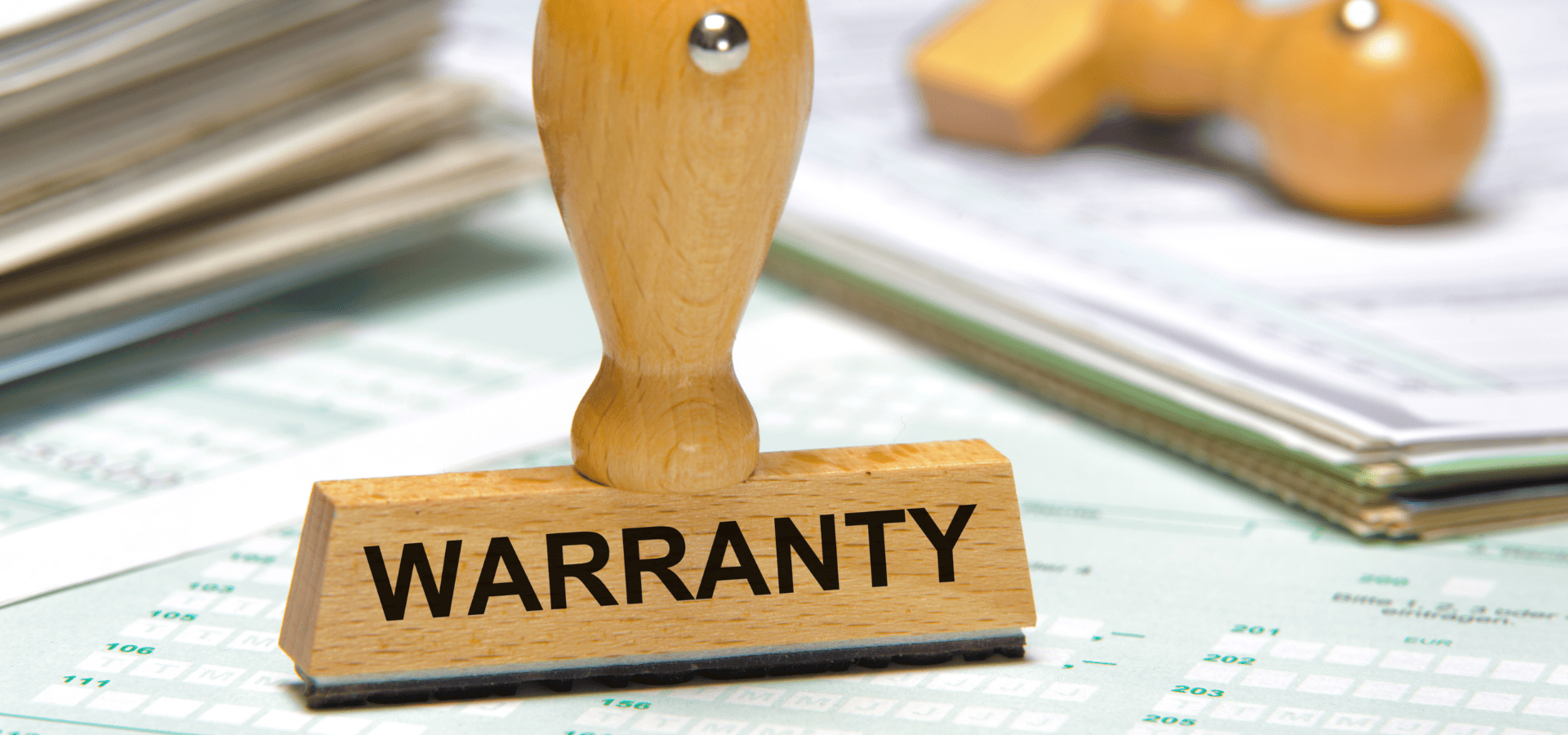What Are The Different House Siding Options Available?
It’s a big decision to choose the best siding option for your house. And it’s also a difficult one. So many factors make it hard to choose. There’s siding type, color, and material. Not to mention required maintenance and cost. Plus, you want to choose something that coordinates with your house style.
Before you get overwhelmed, we’re breaking it down here at
Dallas Siding Pros. Here are the best siding choices for your home. As local siding contractors, we’re sharing the pros and cons for each type. So, you’ll feel confident making an informed decision.
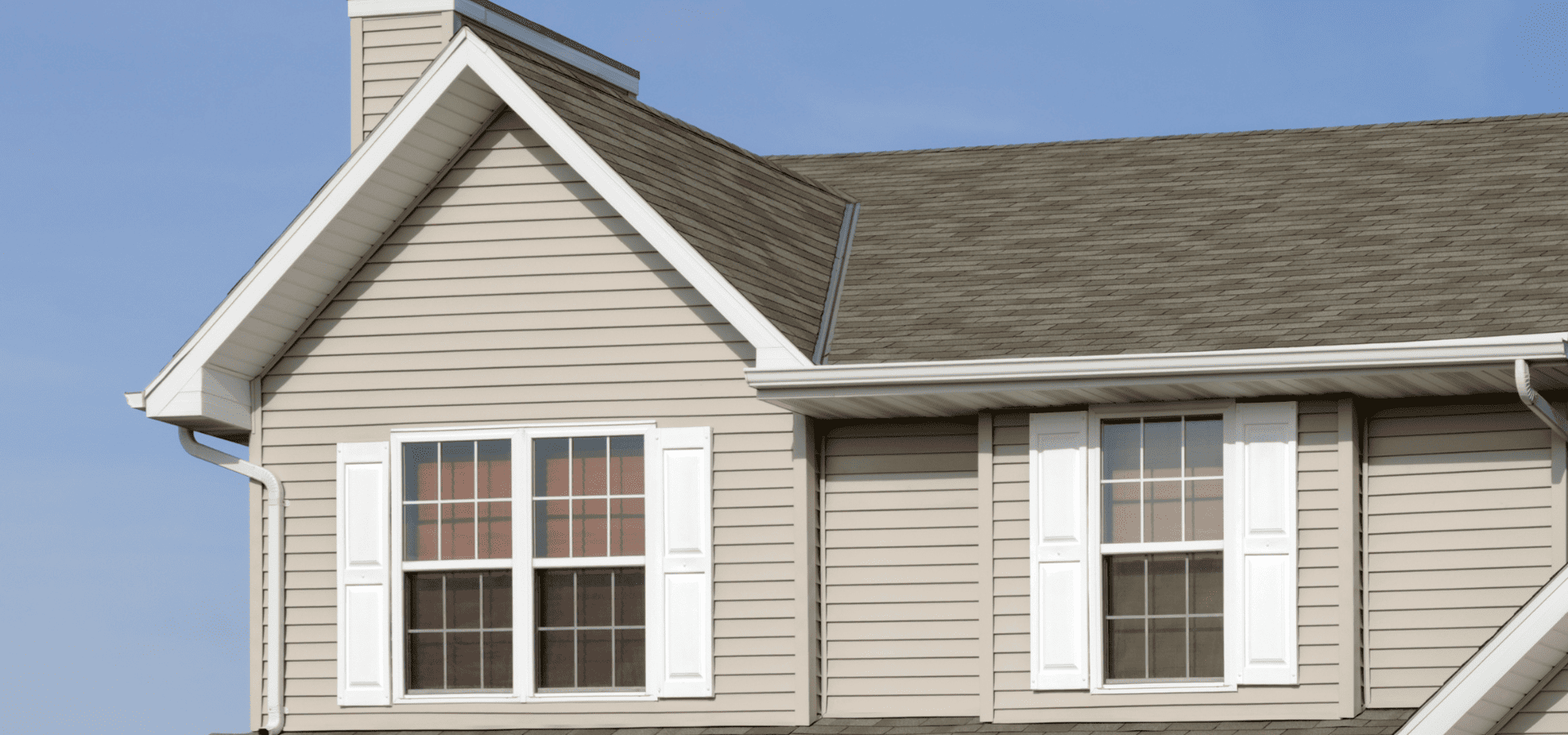
Vinyl Siding
Pros: Large color variety and finishing options; fire-resistant; affordable
Cons: Fades quicker than other types
This versatile choice is super popular for good reason. Vinyl comes in many colors, so you’ll easily find what you’re looking for. It’s also weather-resistant, even in storm-prone areas. But be sure to finish it with a waterproof seal. Otherwise, it can grow mold. With proper installation and an annual cleaning, vinyl can last 30 to 40 years. So, it’s low-cost and affordable, but still a good investment.
Vinyl siding comes from PVC, or polyvinyl chloride, and it’s fire-resistant. It takes about 750℉ before PVC ignites, which is extremely high. Although it will melt and warp, it’s hard to ignite. It also needs a huge amount of oxygen to keep burning once it does ignite. Altogether that means vinyl siding won’t catch on fire very easily. And then it doesn’t want to stay burning once it does.
Insulated Vinyl Siding
Pros: Helps regulate home temperature and lower utility costs for heating and cooling
Cons: Still has the tendency to fade, like regular vinyl
This upgraded vinyl has insulation built into the panel ridge. You’ll still get a lot of color and finishing selections at an affordable price. But the insulation helps regulate your home’s temperature.
It keeps winter heating costs down. And it also helps save on air conditioning costs during the hot summer. Choose a light color of insulated siding to further help with cooling. It reflects sunlight and lowers heat absorption.
If you like vinyl’s look, consider the insulated option. The added foam layer improves the structural integrity. So you get a high-quality product that lasts between 30 and 40 years.
Metal Siding
Pros: Easy install; low-maintenance; fire and insect-resistant; recyclable materials
Cons: Loud, not sound-proof; rust-potential; might dent
A lot of homeowners think of metal roofing, not realizing it’s also a siding option. It’s gaining in popularity, since it’s strong and easy to install. Choose aluminum or steel in a variety of colors. Once installed, there’s almost no maintenance. It’s durable and withstands harsh weather and temperature extremes.
Metal siding doesn’t warp or rot like wood selections. It’s also pest and insect-free, since there’s nothing for them to chew through. Another reason homeowners like choosing metal is that it’s completely recyclable. So, if you replace part of it, it won’t go to a landfill like other sidings.
The biggest downside of metal options is that it’s a poor insulator, so it’s not soundproof. Just like you can hear rain on a metal roof, you may hear it hit the house’s side.
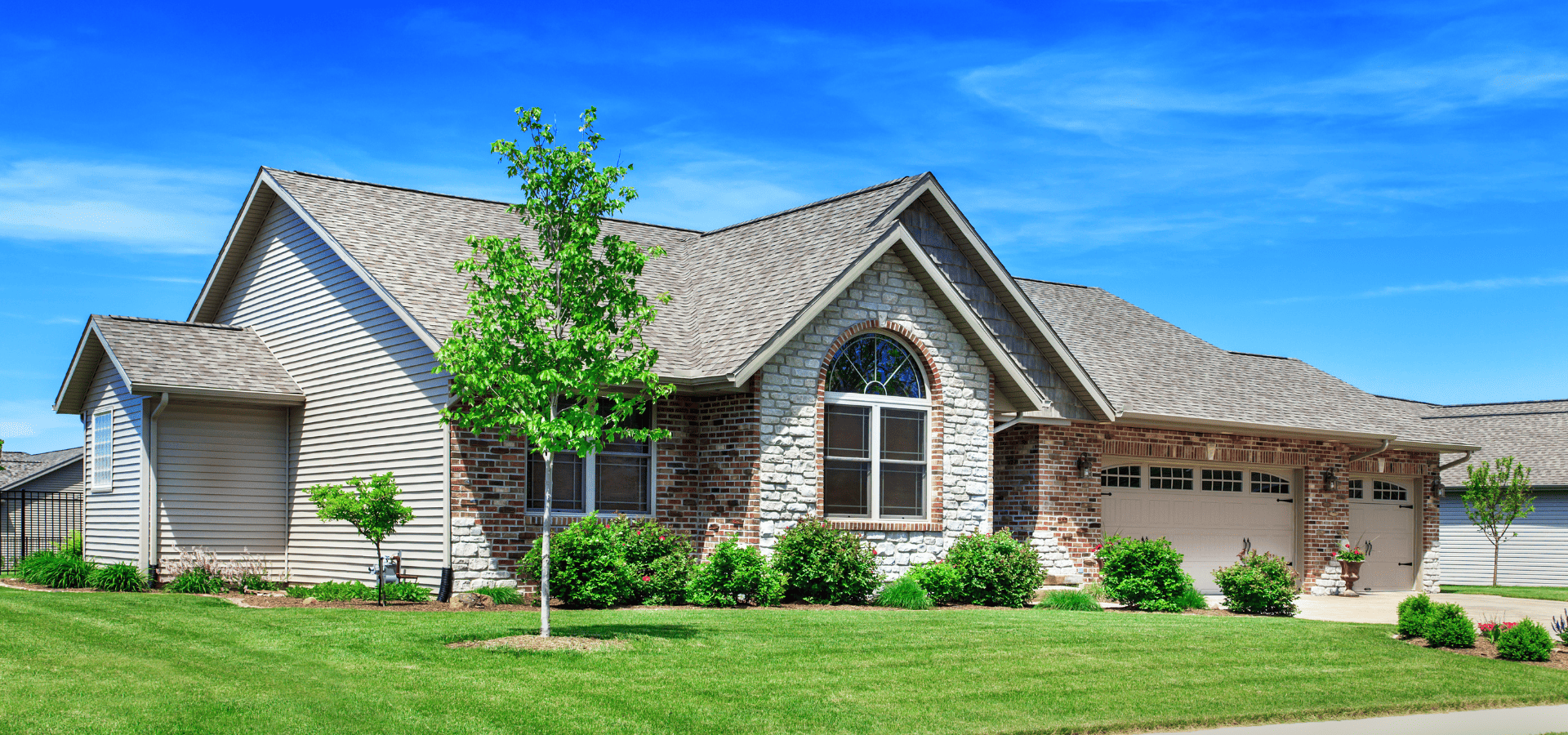
Brick Siding
Pros: Low-maintenance; environmentally friendly; fire and weather-resistant
Cons: Limited color choices; needs waterproof sealant/membrane; expensive installs
If you want a classic siding, you can’t do better than bricks. Plus, they have a timeless quality that fits most any house style. Brick siding lasts about 100 years with very little required maintenance. Even painted brick is low-maintenance. It also doesn’t fade like some wood and vinyl options.
A huge benefit of brick is that it increases house values compared to other siding options. That makes it a great investment over fiber-cement or wood siding. But that future investment comes with a higher price tag today. Brick installation is one of the most expensive exterior finishes.
Another benefit is that bricks are natural, so they’re eco-friendly. They’re also biodegradable and recyclable.
Stone Veneer Siding
Pros: Lightweight; affordable; looks like stone
Cons: Not recyclable; easier to break than natural stone
If you like the look of natural stone but not the price (or weight,) stone veneer is a great option. It’s more cost-effective than natural choices. But it still looks organic and beautiful. Use this veneer right over the top of existing exterior surfaces for a focal point. It even adheres to brick or stucco.
It looks like real stone but it’s lightweight and easily replaceable. No masonry skills required. So, you get the same beauty, but with no hassle. It also lasts 25 to 75 years.
There are some downsides, though. Stone veneers may fade overtime, so you’d need to replace some sections. They’re also difficult to install, since they don’t overlap like regular siding. Moisture could potentially seep behind the sections and get trapped.
Wood Siding
Pros: Classic look; easily customizable; environmentally-friendly
Cons: Fire risk; high maintenance; not as durable as other options
Wood offers another classic exterior siding choice. It comes in horizontal or vertical boards and shingles. Apply paint or stain for a customized look. It’s one of the oldest housing options, in part because it’s so versatile.
But even while wood siding looks great, it does pose a house fire risk. Wood is highly combustible, so it’ll ignite and send flames right up the walls. You can add a flame retardant chemical to the siding. But, of course, that adds to the cost.
Besides the fire risk, termites love natural wood. So check for holes that might indicate pests. Wood siding also needs continual maintenance. A fresh coat of paint every four to five years helps it last longer. But you’ll still need a full replacement in 20 to 40 years.
Fiber Cement Siding
Pros: Many styles; durable; low-maintenance
Cons: May absorb moisture; not as energy-efficient as some other choices
Fiber cement siding contains a mixture of Portland cement and wood pulp or cellulose. You may have heard it called Hardie Board, after a popular manufacturer. It’s a superior exterior siding that lasts at least 30 years. It’s especially effective in areas with harsh climates, since it stands up to strong winds and hail.
Even though this siding has cement’s durability, it can look like wood and other siding options. Some manufacturers paint the boards in-house, even offering custom selections. So you’ll see consistency in the color throughout each board.
Fiber cement is high-quality and low-maintenance. But it doesn’t come at a low cost. You’ll pay more for this siding and installation upfront. Plus, it doesn’t have the energy-efficiency that some other choices offer. That could be a drawback for some homeowners.
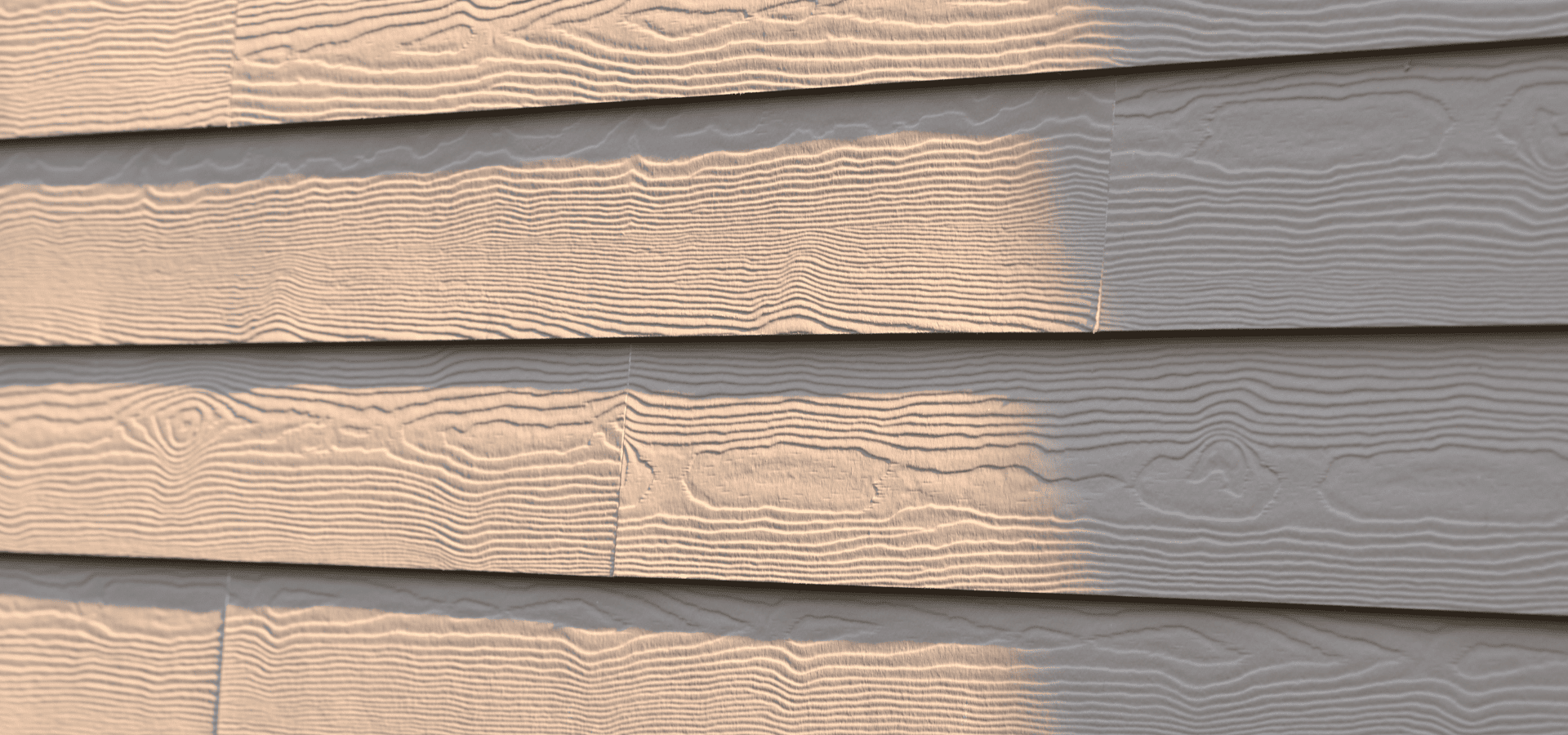
Manufactured Siding
Pros: Very durable; many style options
Cons: Expensive costs
High-density fiberboard (HDF) is a great alternative to real wood. This manufactured exterior siding is water and fire-resistant. Besides that, it stands up to insects, weather, and mildew.
HDF has polymerized pigments, so you won’t worry about repainting for many years. Just give it an occasional power wash to keep it looking good. Choose a flat-finish or an embossed surface to add dimension. There’s a look to best fit your style.
Manufactured siding comes in lap panels and 4x8 sheets for easier installation. It has profiles to look like traditional clapboards with varying tones. However, the downside is the price. HDF lasts a long time, but it comes with a higher cost upfront. Expect to pay more, but consider it adding a layer of protection to your house.
Composite Siding
Pros: Quick installation; weather-resistant
Cons: Not biodegradable
Composite siding is a mix of fibrous scrap wood pieces bonded together with resins. It then gets a chemical treatment to make it UV, mold and pest-resistant. Composites are often primed and ready to add your desired paint color. Other options are pre-finished with paint or wood-looks and ready for installation.
Finishes come in smooth or embossed designs, depending on your style preference. Composites last about 30 years and need new paint every five to ten years. It doesn’t expand from moisture and weather like vinyl or wood options might. That makes these siding options ideal for areas with heavy winds and harsh weather. Composites hold up well to thunderstorms and hail.
One downside to composites is that they aren’t biodegradable. So, if you’re seeking an environmentally-friendly option, this may not be the best.
How to Choose Between Different House Siding Options
Now that we’ve covered the types of siding available, how do you narrow choices down?
Budget is a major consideration for every homeowner. Since siding is so visible, you need to get it right. But you also want the look you desire at a cost you can afford. Vinyl siding options are more affordable upfront. But you also need to consider maintenance and how long the choices last. Saving money in the long run might make a higher upfront expense more appealing.
Your home’s
aesthetics are another consideration when choosing exterior siding. You don’t necessarily want to match your neighbors. But when it comes to resale, your siding selection needs to compare favorably to nearby houses. Plus, everyone wants a home they feel good about. So, if there’s a siding style that appeals to you most, explore it a little more.
Choose siding options with
durability in mind. Consider the local climate when making a choice. Some products hold up much better to wind and storms than others. Of course, you’ll balance durability with cost. But a low-maintenance and highly durable product may win. Especially if the lower-cost option needs frequent re-painting and attention.
That brings us to the last factor in choosing exterior siding options:
maintenance. Some homeowners enjoy painting and keeping up with new color styles. So, a siding selection with painting needs might work out well. But other people may prefer an annual power wash and forget it type of approach. Choose a product that works well for your lifestyle when it comes to maintenance.
Finally, remember to also conduct a proper inspection and assessment to identify any underlying issues before you make any changes to your house siding.
You might also like
